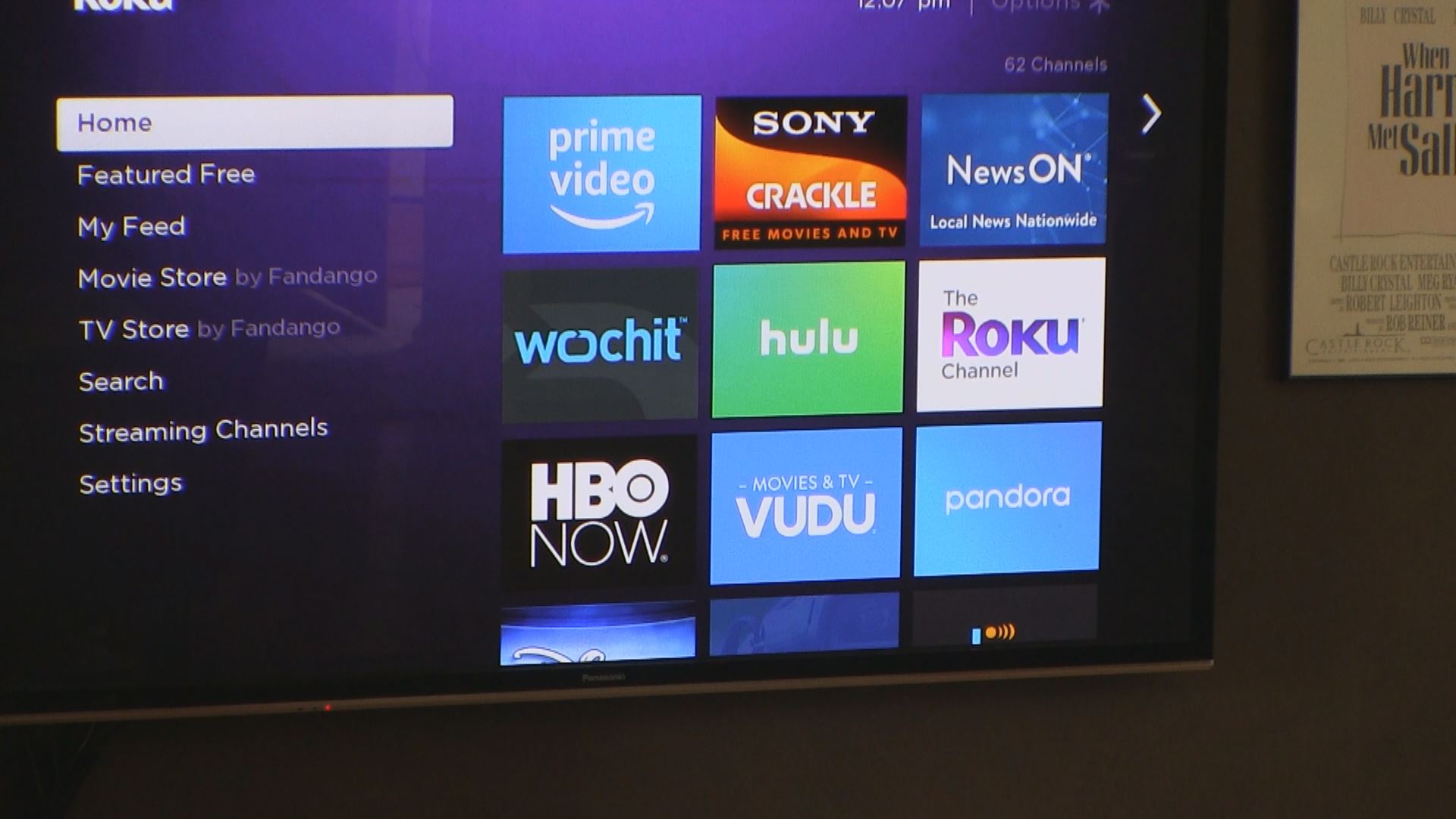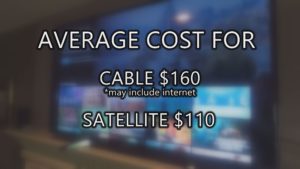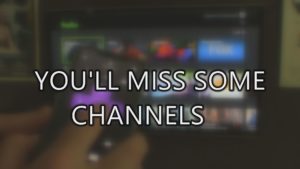- Home
- The Latest
- Things no one tells you about ...

Saving $$ is a good reason to switch to streaming, but don’t be surprised by these things.
If you haven’t already cut the cord you’ve at least thought about it. Seriously thought about it. Cable and satellite customers have lost millions of customers over the past year, customers who’ve bailed on the way they’ve always watched TV in favor of stepping into the waters of cord-cutting.
Advertisements make it very appealing too. Some show a cost of just $25 a month with no contract required. So why shouldn’t you cut the cord and go with streaming live TV? Will you really save thousands of dollars a year? If you cut the cord what else will you have to buy to make it possible to watch TV at your house?
How much will you save?
 Let’s answer some of those questions. First, you will save money by cutting the cord. While the average cable customer is paying about $160 a month for TV, satellite subscribers are paying $110. Some of those cable customers are getting internet included. A streaming package from Hulu Plus Live TV, YouTube TV, Sling will cost around $60 if you want a package with a nice selection of channels. So off the top, you’re saving at least $50 a month by switching.
Let’s answer some of those questions. First, you will save money by cutting the cord. While the average cable customer is paying about $160 a month for TV, satellite subscribers are paying $110. Some of those cable customers are getting internet included. A streaming package from Hulu Plus Live TV, YouTube TV, Sling will cost around $60 if you want a package with a nice selection of channels. So off the top, you’re saving at least $50 a month by switching.
It isn’t that simple though. Here’s what cord-cutters don’t tell you:
You’ll probably pay more for the internet. Cable internet companies generally give customers a discount when they bundle both the internet and TV so if you stop paying for TV the price of the internet will almost certainly go up. How much more you’ll have to pay depends on your provider of course. Since you’ll be streaming video content over multiple TVs, you may need to increase your internet speeds which will cost more too.
Don’t be surprised if you go over the bandwidth allotment you’re paying for now. Once 2 or 3 or more TVs and devices start streaming live TV you may go over and have to pay for the additional usage.
You may also need to upgrade your home WiFi router. If you were leasing one from your cable company you’ll need to buy one. How much you spend will depend on how much will be streaming in your house. If there are 4 people in different rooms all streaming Netflix or Hulu while on their phones and computers, things are going to slow down considerably. Depending on the size of your home you may also need to purchase WiFi extenders or a mesh system to spread the WiFi signal to every room in the house. The further a TV is from the router the harder it will be to stream content.
If you’ve ever seen a buffering screen using Netflix you’ll need to upgrade your home WiFi network to stream on multiple devices simultaneously.

Those are hardware improvements that will benefit your household as you add more devices to your home. Whether you’re streaming or not you’ll likely need to upgrade to WiFi 6 in the next couple of years.
If you don’t have smart TVs you’ll need to invest in streaming players such as the Roku and Fire TV stick from Amazon. These devices connect the TV to the internet allowing you to play content from Hulu, Netflix, etc. You can find them from $30-$70.
How many TVs or devices will be streaming content at the same time? If you have 4 TVs and 4 people in the house, you’ll likely need to pay an extra fee to stream on multiple screens. YouTube TV allows for streaming 3 devices at once, Hulu Plus Live TV streams 2 at once, Sling’s advertised package allows for just 1 stream on TV or computer or mobile device. To stream on more than that you’ll have to pay a little more. It isn’t as expensive as adding TVs to a satellite subscription though. DIRECTV charges $7 for 2 receivers and $7 for each additional TV.
Many first-time cord-cutters are surprised that they cannot watch all of the channels they’re accustomed to getting through cable and satellite. No matter which streaming service you choose, they don’t offer everything you’re getting with the premium packages of cable and satellite. For instance, Hulu Plus Live TV gets A&E but YouTube TV does not. At the same time though, YouTube TV offers MLB Network while Hulu does not. Sling’s $20 Orange & Blue package has The History channel but does not have A&E. YouTube does not offer The History Channel while Hulu doesn’t have the NFL Network or AMC. It’s frustrating to find one that has most of the channels your family wants.
Using the remotes for streaming devices is never as easy as it is with cable or satellite. For one thing, there are no channel numbers. Channels are in alphabetical order or categorized by the type of programming. To go from A&E to TBS can take many many presses of buttons. Browsing is more difficult to see what’s on at the moment.
I’ve seen a number of news reports about the high cost of cord-cutting and many of those are not entirely fair or accurate in comparing the cost of cable or satellite. They seem to want to make cutting the cord out to be more expensive by including additional services such as Netflix, Amazon Prime, Disney+ and Apple TV+. Some have also included the cost of the internet in the total comparison.
I’m not including the internet while comparing cable, satellite, and streaming because by now most everyone has and needs the internet in their home no matter how they watch TV. If you cut the cable cord you’re not going to lose the internet are you? No. You may have to pay a little more for it but we shouldn’t assume people will cancel their internet.
I’m also not including the price of Netflix etc because it isn’t a fair comparison. Millions of cable and satellite subscribers are already paying for Netflix, Amazon Prime etc so it should be included in their cable and satellite subscriptions if you want to be fair.
The bottom line is you will save money by switching from cable or satellite to streaming. The difference is likely going to be about $75 to $100 each month or over $1,000 a year depending on what you have now and what you choose to subscribe to with streaming options.
I’m not anti-cord cutting, to the contrary, I did it last summer and have saved close to $700 since I did but it hasn’t been a walk in the park.

